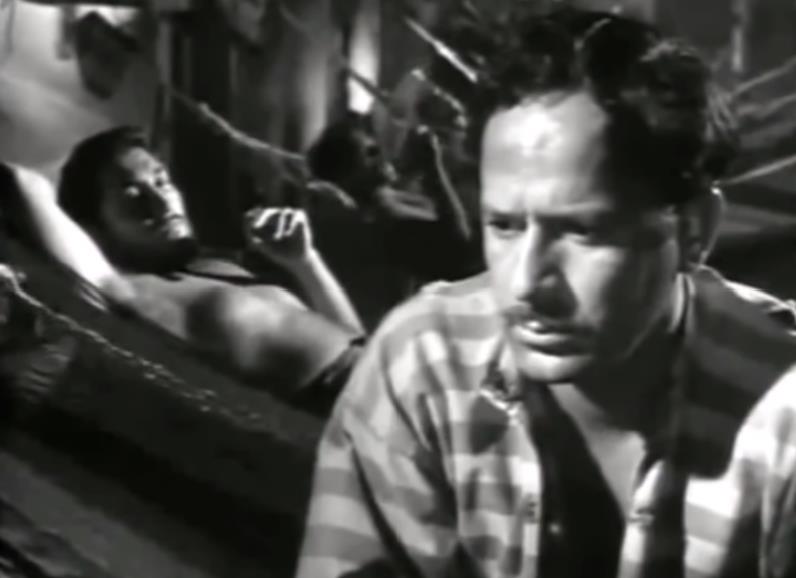How Pedro Infante and Islas Marías Became Unlikely Co-Stars
Why does a film from Mexico's 1950s Golden Age continue to resonate today? It's a story set in the Islas Marías penitentiary, a realm so visceral it couldn't be invented. Here, Felipe Ortiz, played by the indomitable Pedro Infante, is subjected to inhumane suffering as part of his redemptive arc.

The 1950s Golden Age of Mexican cinema delivered many cinematic treasures, but one that has continued to resonate through the decades is a film featuring Felipe Ortiz, a character brought to life by the indomitable Pedro Infante. The film co-stars Rosaura Revueltas, the sister of José Revueltas, and Rocío Sagaón, under the directorial guidance of Emilio Fernández, known affectionately as “El Indio” Fernández.
Why, one might ask, does this particular film manage to strike such a powerful chord? The answer lies at the crossroads of art, social commentary, and historical actuality. It's a story set against the backdrop of the Islas Marías penitentiary, a grim realm where Ortiz is subjected to severe mistreatment. A realm so visceral it couldn't be invented. But the film itself is not just an artistic endeavor; it's a raw, unflinching look at a society's institutions and the lives that they shape — or distort.




